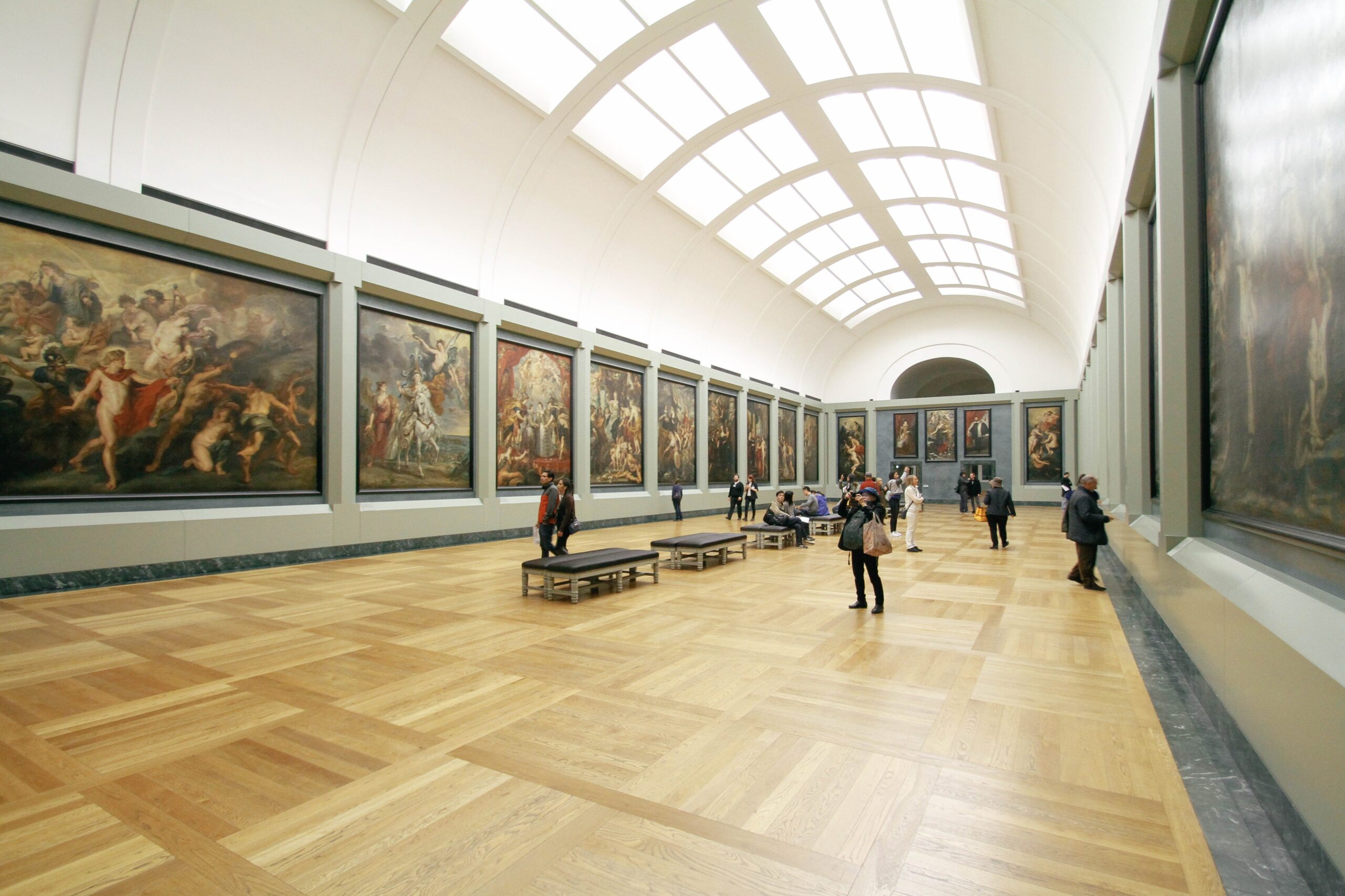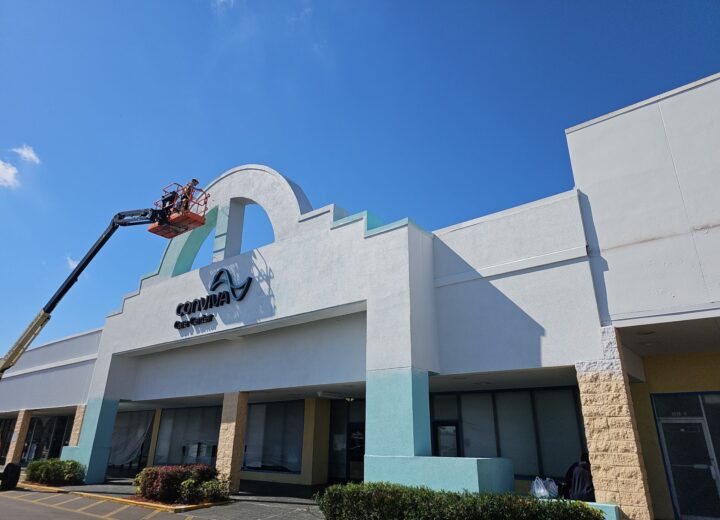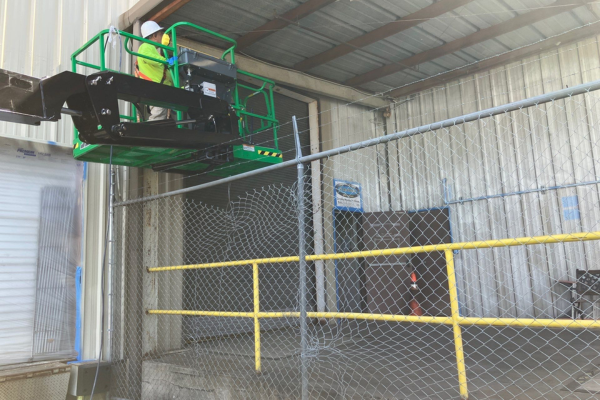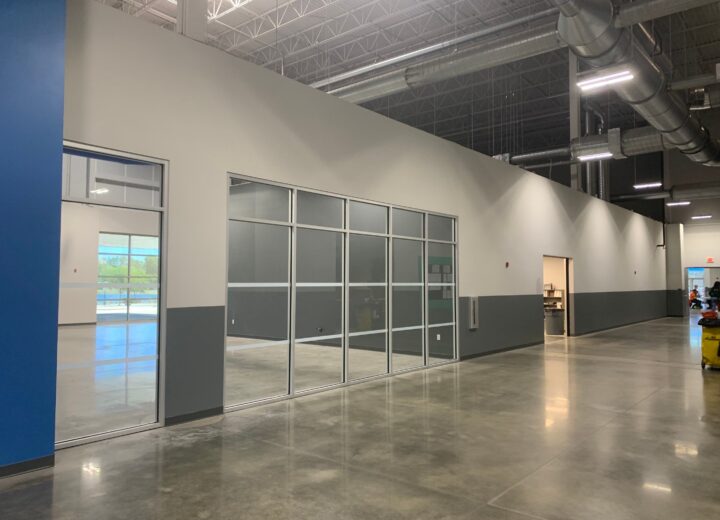
When painting in a museum, it can be quite a challenge due to the possibility of causing damage to what is on or about to be on display, thus costing you much more than you bargained. With the high cost of art and artifacts in museums, it is imperative that you get the job done without doing any or minimal harm possible. So it is best to get to know a few things about the job first, and then know the types of paint that should and should not be used in this particular place.
Knowing Your Parameters
Before you can choose the right paints or coatings to be used you will first need to look at:
- Knowing What Is to be Displayed – Make sure that you know what types of art will be within the area that you will be painting and if there is a possibility that the exhibits can be moved from the place in which to be covered. If it is to be enclosed, there is a higher risk of exposure.
- Size of the Space – Is it the walls, floor space or showcases that you will be painting? When you know this, you can then determine the next necessity.
- Adequate Ventilation – No matter if you are painting something as small as a display case or something as large as the whole room, you will need to make sure that you have the proper ventilation. The fumes will need to be able to clear the area quickly and not have the possibility to do more damage to other parts and exhibitions within the museum. If working on something like the inside of a showcase, you must make sure that there is ample time for the fumes to dissipate; otherwise, the product that is placed inside can be damaged.
- Adequate Drying Time – It is crucial that you try to allow four weeks for the paint to thoroughly dry so that it can reduce the risk of destruction to what is to be placed within. If time constraint is a problem, the minimum time limit should be no less than two weeks but should be verified that it will not cause a harmful effect on what is to be presented.
Once you know what the parameters are of the job, then you will need to know what type of paint or coatings you will be able to use.
Types of Paint
It is imperative to select the right kind of coatings for each area or showcase, as the emissions can be hazardous to the valuable articles that are to be exhibited. You must know what the VOC (volatile organic compounds) are of the paints that you are to be considering, as the difference can have a drastic effect on its surroundings. The United States classifies Volatile Organic Compounds as “any organic compound which participates in atmospheric photochemical reactions,” which can have an adverse effect if they are used around or near any of wood, lead, copper, bronze, brass, old glasses, and paper.
To Use –
- Coalescence Paint – Emulsion Paint is also known as Latex Paint:
- Acrylic
- Acrylic – epoxy
- Acrylic – styrene
- Acrylic – urethane
- Epoxy + Urethane
To Avoid – These paints are high in Volatile Organic compounds and should not be used.
- Oil-based Paint
- Oil-modified Urethane
- Alkyd Paint
- Epoxy Ester
Coalescence paint is the best choice to use overall when it comes to painting in and around a museum, as it will have the least effect on the showcased pieces and the works that are on display. Even though Coalescence paint is the one that should be used, there still are small amounts of pollutants such as Ammonia, Peroxides, Dust, Reduced sulfur blends and low molecular weight carboxylic acids (including formic and acetic dissolvents), so you need to take the time for curing seriously.
Now that you have a good idea of what information you will have to know before starting your museum painting job, as well as verifying the type of paint that you should and should not use, you know how to proceed. If you are in need of a qualified painter, then you need to make sure to hire someone that is a professional, as you are dealing with expensive property.






